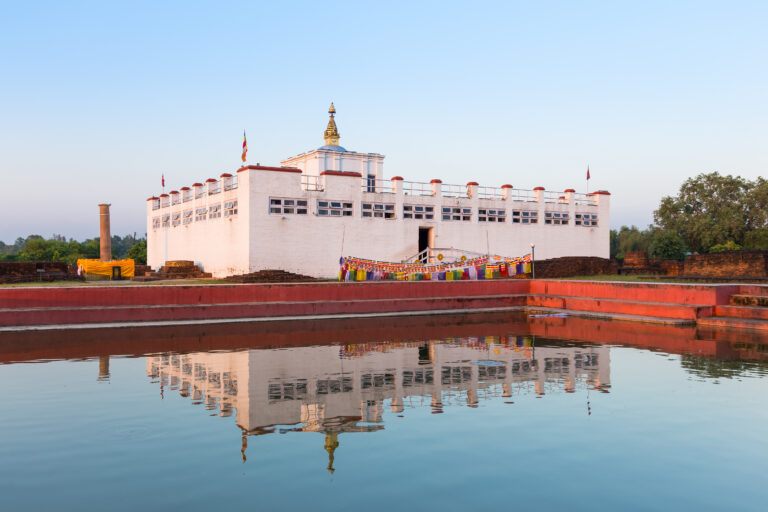
Ruderne
The Danish word “Ruderne” translates to “the ruins” — a term that immediately evokes images of crumbling stone walls, weathered towers, and the lingering whispers of a once-great past. In Denmark, “Ruderne” isn’t just a descriptive term; it’s a name that has been attached to several historical sites and places, symbolizing a connection between the present and the remnants of bygone eras. From ancient castles to forgotten estates, Ruderne tells stories of power, culture, and transformation — all etched into the landscape of Danish history.
The Legacy of Vordingborg Castle: A Famous “Ruderne”
One of the most significant places associated with the name Ruderne is Vordingborg Castle. Located in southern Zealand, this medieval fortress stands as one of Denmark’s most remarkable ruins — a powerful symbol of the nation’s royal heritage.
Vordingborg Castle was originally constructed in the 12th century by King Valdemar the Great. Its purpose was both defensive and symbolic: to protect the kingdom’s southern borders and to demonstrate royal authority. Over the centuries, the castle became an important seat of power, hosting kings and councils that shaped the direction of Danish politics.
Today, what remains of Vordingborg Castle are its evocative ruins — fragments of stone walls and the iconic Goose Tower (Gåsetårnet), which still rises proudly above the town. The tower, topped with a gilded goose, has become one of Denmark’s most recognizable historical symbols. It is said that the goose represented mockery of the Hanseatic League, a reminder of Denmark’s once fierce independence and pride.
These ruins, known collectively as “Ruderne,” continue to attract visitors, historians, and locals who come to walk among the remains and imagine the life that once pulsed within those walls.
The Broader Significance of “Ruderne” in Danish Heritage
While Vordingborg may be the most famous example, the name Ruderne can be found in several locations across Denmark. Each site shares a common thread — the ruins serve as tangible links to Denmark’s medieval and early modern past. They are places where architecture, archaeology, and legend intersect.
In Danish culture, ruins are not simply reminders of decay. They represent endurance — the ability of stories and structures to withstand the passage of time. The very term “Ruderne” reflects this duality: both the loss of what once was, and the persistence of history that refuses to be forgotten.
Many smaller estates, fortresses, and even rural manors that fell into disuse or destruction were often called Ruderne by locals. This practice of naming sites “Ruderne” helped preserve their memory in oral and written traditions, long after the stones themselves had been reclaimed by nature.
Ruderne and the Romantic Imagination
In the 18th and 19th centuries, Denmark, like much of Europe, experienced a surge in romanticism — a cultural movement that valued emotion, history, and nature. During this time, ruins such as Ruderne became objects of fascination and inspiration.
Poets, painters, and travelers saw in these ancient stones a reflection of human experience — the inevitability of change and the beauty of imperfection. The ruins were not merely historical artifacts but living landscapes that invited contemplation. Danish writers and artists often visited sites like Vordingborg’s Ruderne to find inspiration, sketch their forms, and weave them into stories of lost glory and timeless endurance.
This romantic appreciation transformed Ruderne from forgotten relics into cultural landmarks. What was once abandoned became celebrated, and the ruins were recognized as national treasures that helped define Danish identity.
Archaeological Discoveries and Preservation
In modern times, archaeological excavations around Denmark’s Ruderne sites have revealed fascinating insights into medieval life. At Vordingborg, for example, excavations have uncovered fortification systems, artifacts from royal banquets, and evidence of trade connections that reached across Europe.
The Danish authorities, alongside cultural institutions, have taken active steps to preserve and interpret these ruins. Modern conservation techniques ensure that the remaining structures are protected from erosion and weather damage, while museums and information centers help bring their stories to life for visitors.
Vordingborg’s Danish Castle Centre (Danmarks Borgcenter), located near the ruins, offers interactive exhibits that blend history with technology, allowing visitors to experience how the castle once looked and functioned. Through digital reconstructions and immersive storytelling, Ruderne continues to bridge past and present.
The Emotional Pull of Ruins
What makes Ruderne truly special is not just their historical significance, but their emotional resonance. Standing among the weathered stones, one can feel both the passage of time and the persistence of memory. The silence of the ruins invites reflection — on human ambition, on nature’s reclaiming power, and on the stories that still linger in every brick and fragment.
For locals, Ruderne is a place of pride and connection. For travelers, it offers a window into Denmark’s layered past — a reminder that even in decay, there is beauty and meaning. In many ways, Ruderne reflects the soul of Denmark itself: resilient, graceful, and deeply rooted in history.
Ruderne Today: Where Past Meets Present
Today, Ruderne sites across Denmark serve as peaceful destinations for cultural tourism and education. They are visited by families, historians, photographers, and those seeking quiet inspiration. The combination of open landscapes, historical ruins, and modern interpretation makes them perfect places to experience the depth of Danish heritage.
Events and guided tours at Vordingborg often highlight medieval life, castle defense strategies, and royal traditions. In summer months, the ruins become a backdrop for concerts and community gatherings — proof that the past can coexist harmoniously with the present.
By preserving and celebrating Ruderne, Denmark has ensured that its ruins continue to speak — not as symbols of loss, but as living storytellers that keep history alive.
Conclusion:
“Ruderne” may simply mean “the ruins,” but in Denmark, the word carries far deeper significance. It represents centuries of history, culture, and emotion woven into the nation’s landscape. From the towering remnants of Vordingborg Castle to lesser-known sites scattered across the countryside, each Ruderne reminds us of the power of memory and the beauty found in endurance.
In a world that often races toward the future, Ruderne invites us to pause — to listen to the quiet language of stone and time, and to appreciate the fragile yet enduring thread that connects us to our past. Whether as symbols of royal power, artistic inspiration, or communal heritage, the Ruderne of Denmark remain timeless monuments to human creativity and resilience







